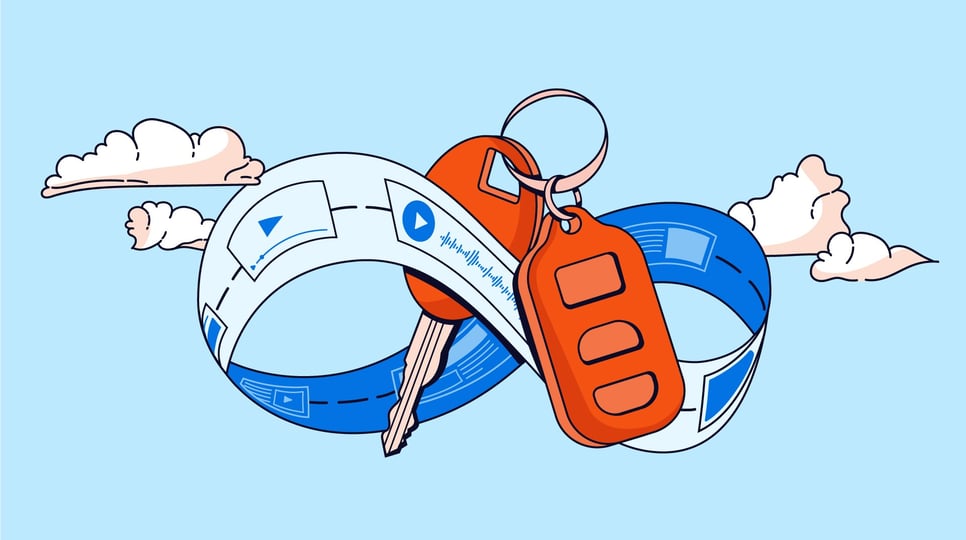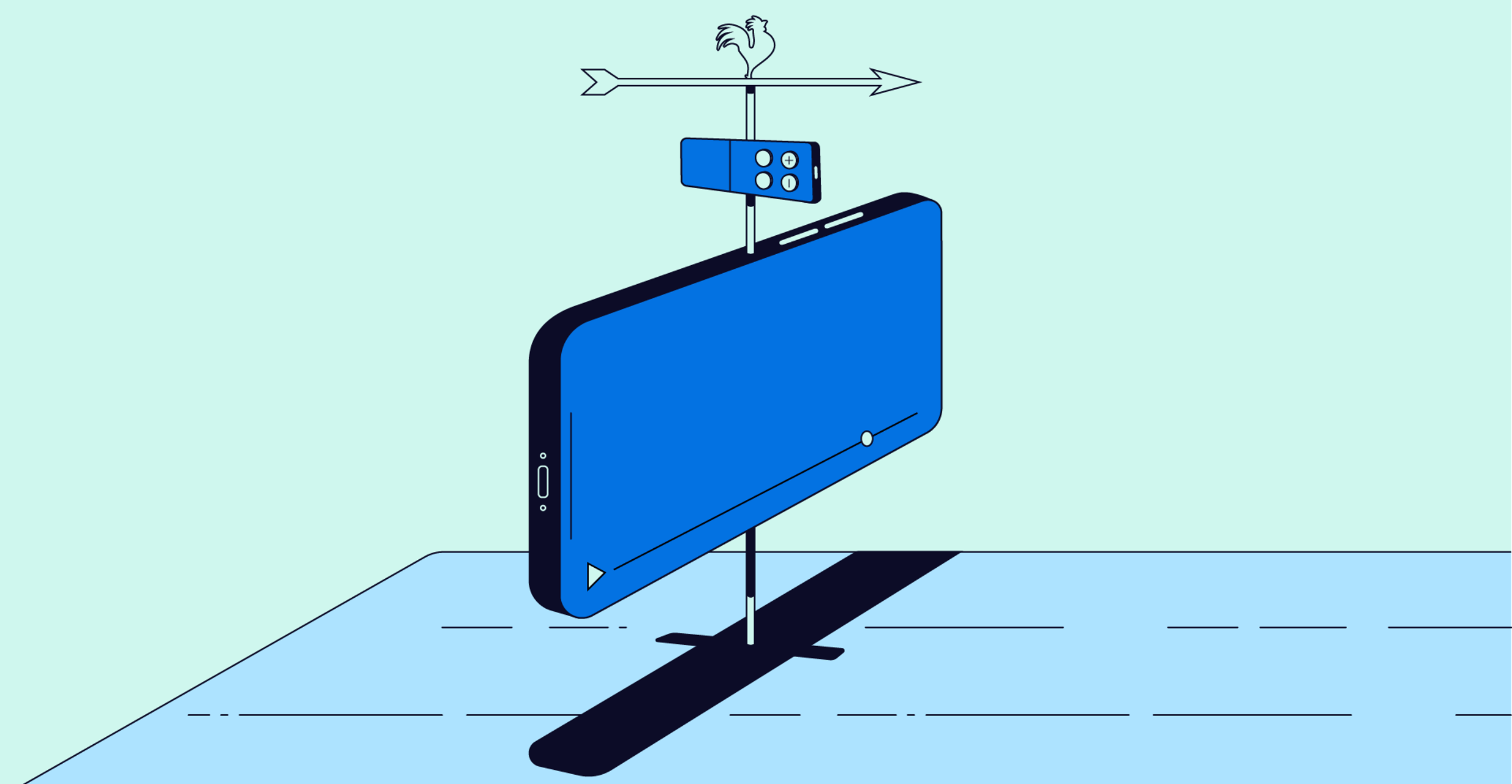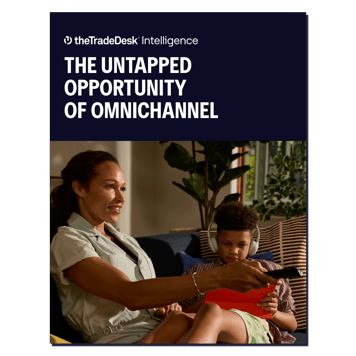Resources Omnichannel
Webinar: Deep dive into the evolving auto purchase journey

Select your country or region to see content tailored to your country.
Recruiting fraud is a growing issue for many companies.
The Trade Desk takes this issue seriously and is taking steps to address it.
Omnichannel
Omnichannel advertising is a powerful approach that can unlock the complementary value of individual media channels while capitalizing on the strengths of each. Because audiences can be found across multiple channels, omnichannel advertising helps media buyers learn what channel (or combination of channels) reaches their audiences most efficiently.

Omnichannel campaigns combine three or more channels to meet audiences where they spend their time. But how should marketers approach each channel, better understand their strengths, and learn how to combine them?
A report from The Trade Desk Intelligence, The Untapped Opportunity of Omnichannel, assesses the strengths of each channel and analyzes how to combine them into a single omnichannel strategy. The research highlights the strengths of Connected TV (CTV), audio, digital out-of-home (DOOH), and display/online video (OLV)Video — and how you can work toward maximizing the impact of key channel combinations to better reach your core audiences.
If you want to activate the performance outcomes of a true omnichannel campaign, you need a holistic, audience-centered approach. This means understanding who your core customers are and which channels can best reach them.
Imagine an omnichannel campaign for a direct-to-consumer mattress brand popular with professional millennials. A hypothetical customer — let’s call her Avery — might see the first ad online while reading the news on her phone in the morning. She’s now aware of the brand. Then, on her way to work, Avery sees a DOOH ad for the same mattress brand. Because she’s already primed by the display ad, the DOOH ad catches her attention.
On her way home from work, Avery is served another ad for the brand via her favorite podcast. Because Avery is growing more aware of the brand, she doesn’t skip the ad and listens more attentively than she otherwise would have.
Finally, as she’s unwinding after work by watching CTV, Avery sees a commercial for the mattresses that expands the brand story with compelling visuals and a good offer. She watches the commercial and finds it less disruptive than most other ads, as she is already familiar with the brand from her exposure on other channels.
In one day, Avery has been exposed to a holistic omnichannel campaign that improved her attention and committed the message in her memory without creating viewer fatigue.
Every marketing channel has unique strengths, but when used as part of a connected omnichannel campaign, those strengths can be enhanced. CTV, audio, DOOH, and OLV video are distinctive channels that can be used to improve outcomes when leveraged effectively in omnichannel advertising.
Click below to get to the know the strengths of each:
Ultimately, the right omnichannel combination will be informed by where your brand’s core audiences spend their time on the open internet. You can begin your omnichannel journey by evaluating data on your most valuable audiences to discover insights about them. Then, you can determine the optimal channel mix for your omnichannel activations, sequencing messaging across channels based on when and where audiences are spending their time.

Learn how you can deliver more efficient campaigns and stronger consumer connections.
If you’re ready to start maximizing the impact of holistic, audience-first campaigns, talk to your representative at The Trade Desk about leveraging the full breadth of all seven channels we offer.
Resources Omnichannel

Resources Omnichannel

Resources Identity
